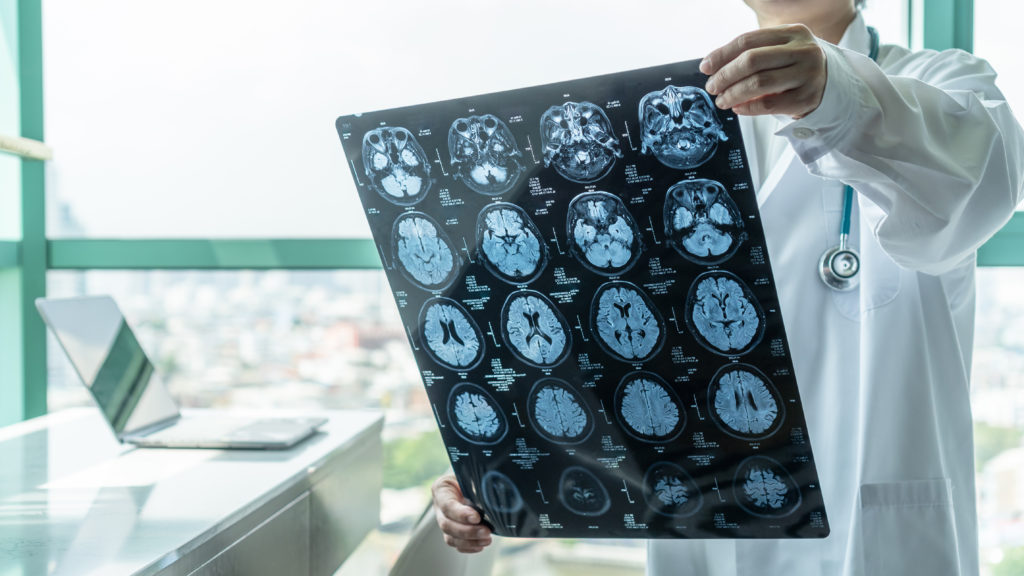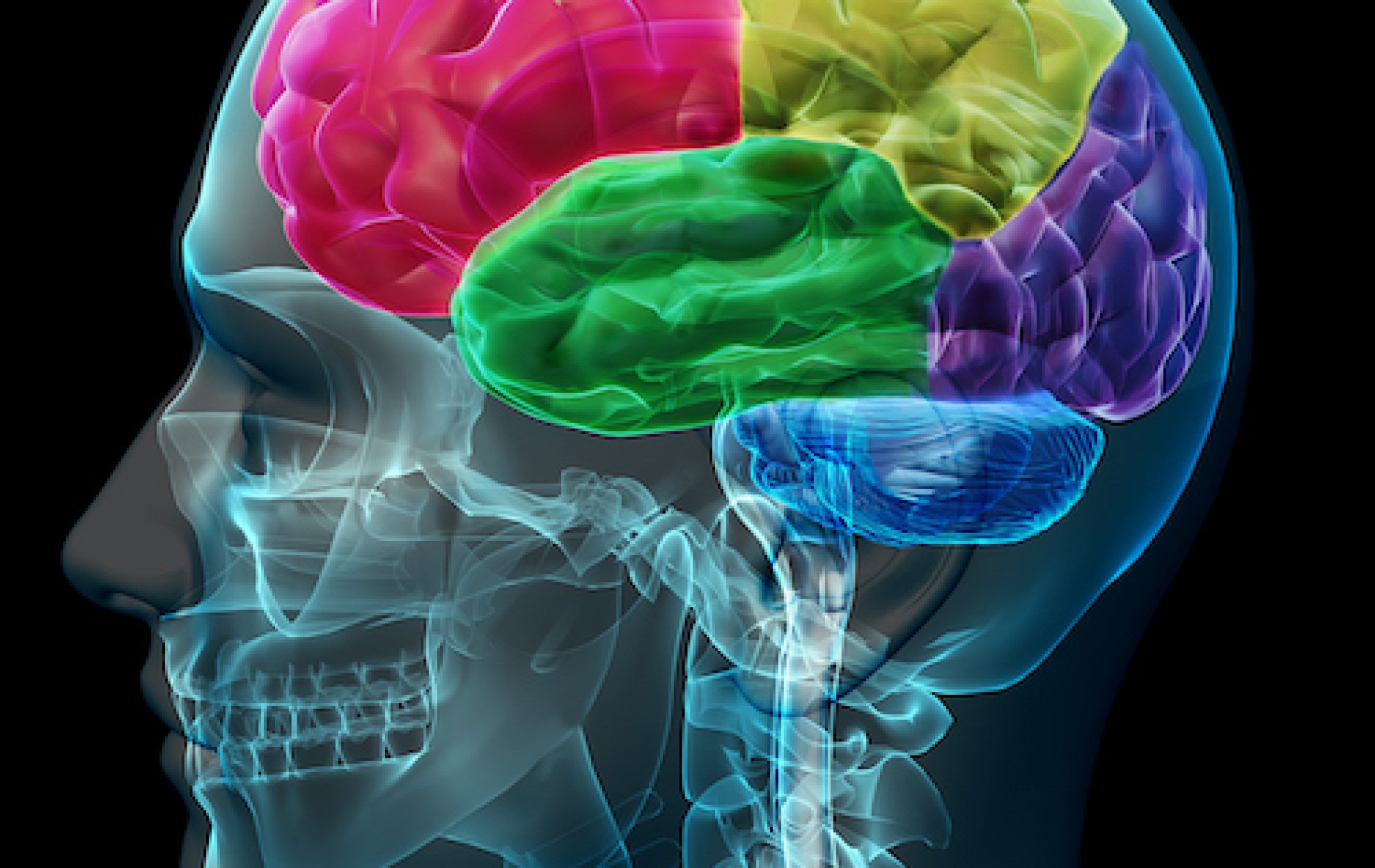Brain injuries are a leading cause of death and disability in the United States, according to a report on traumatic brain injury facts and statistics by the Centers for Disease Control and Prevention (CDC). Over 5.3 million children and adults live with lasting brain injury-related disabilities, according to the Brain Injury Association of America.
Brain injury isn’t well understood by those who haven’t experienced it (either firsthand or through the lives of loved ones). March is National Brain Injury Awareness month and NeuroGrow is joining this year’s #MoreThanMyBrainInjury campaign to help educate others about brain injury and what it is like to live with.
What is Brain Injury?
The brain controls everything we do, think, feel and say, keeping us alive through circulation, breathing, hormones, digestion and the immune system. It is through the brain that we express ourselves and experience emotion.
An injury to the brain that occurs after birth and is not hereditary, congenital or degenerative is an acquired brain injury (ABI), which is the umbrella term for all brain injuries. Brain injury results in a change of the neuronal activity in the brain. Brain injury is unpredictable and its consequences cannot always be predicted. Brain injury can change a person’s life in a matter of seconds.

Types of Brain Injury
Two types of brain injury exist: traumatic brain injury (TBI) and non-traumatic brain injury (NTBI).
A traumatic brain injury is defined as a disruption in the normal function of the brain, caused by a external force, such as a bump, jolt or blow (closed) or a penetrating (open) head injury. Causes of a TBI can include:
A traumatic brain injury is defined as a disruption in the normal function of the brain, caused by a external force, such as a bump, jolt or blow (closed) or a penetrating (open) head injury. Causes of a TBI can include:
- Motor vehicle accidents
- Falls
- Assaults
- Sports injuries
- Gunshot wounds
- Child abuse
- Workplace Injuries
- Abusive head trauma
- Military actions (blast injury)
- Domestic violence
A non-traumatic brain injury, which is sometimes referred to as an acquired brain injuries, is any non-traumatic incident that cause damage to the brain by internal factors, including exposure to toxins, lack of oxygen or pressure from a tumor. Causes of a NTBI can include:
- Aneurysm or Stroke
- Lack of oxygen supply to the brain (choking, drowning, hypoxic injury, heart attack)
- Infectious disease that affects the brain (meningitis)
- Tumor
- Metabolic disorders
- Drug overdose
- Electric shock
- Seizure
- Neurotoxic poisoning (lead exposure, carbon monoxide)

Brain injuries can also be classified based on the severity of the damage to the brain after the injury. This helps to predict how the injury might impact an individual. The categories for brain injury severity include:
- Mild brain injury: Brief loss of consciousness (if any), dizziness and vomiting, memory loss and lethargy.
- Moderate brain injury: Loss of consciousness of up to 24 hours, contusions or bleeding, signs of brain trauma and signs of injury on neuroimaging.
- Severe brain injury: Coma/unconsciousness that lasts longer than 24 hours, signs of injury that appear on neuroimaging and no sleep/wake cycle during loss of consciousness (LOC).
How is a Brain Injury Diagnosed?
Brain injuries may be emergencies, so doctors or first responders must be diligent to assess the situation quickly. Consequences can rapidly worsen without treatment in the case of severe brain injuries. The following are methods used by medical professionals to diagnose brain injuries.
Obtaining Information: Medical personnel are best able to help patients with as much information as possible. Obtaining information from those who saw the injury (or the patient herself if able to communicate) is important.
Glasgow Coma Scale: The Glasgow Coma Scale is a 15-point test that helps medical personnel to evaluate the initial severity of a brain injury. The patient’s ability to follow directions is assessed in addition to whether they are able to move their eyes and limbs and how they do so. Speech coherence also is helpful. Abilities are scored from three to 15 and a higher score means a less severe injury.
Neuroimaging: Tests such as computerized tomography (CT) scans and magnetic resonance imaging (MRI) scans are helpful in diagnosing issues within the body, including the brain. A CT scan is typically the first test performed in an emergency room for a suspected TBI and employs a series of x-rays to build a detailed view of the brain. An MRI uses powerful radio waves and magnets and is more often used after the patient’s condition is stabilized or if symptoms fail to improve quickly.
Intracranial pressure monitor: During a traumatic brain injury, the pressure inside the skull can swell and lead to additional damage within the brain. A probe, known as an intracranial pressure monitor, may be inserted through the skull to monitor this pressure.

Required treatment for a brain injury, no matter the severity, can go on for a long time in some cases. Many patients who are released from a hospital setting after a brain injury can go on to experience symptoms and fail to achieve full recovery in a short period of time. Certain programs, such as the Concussion Recovery Program at NeuroGrow.com can help produce remarkable results in many cases.
This blog was written by Courtney Cosby and edited by Dr. Majid Fotuhi.



